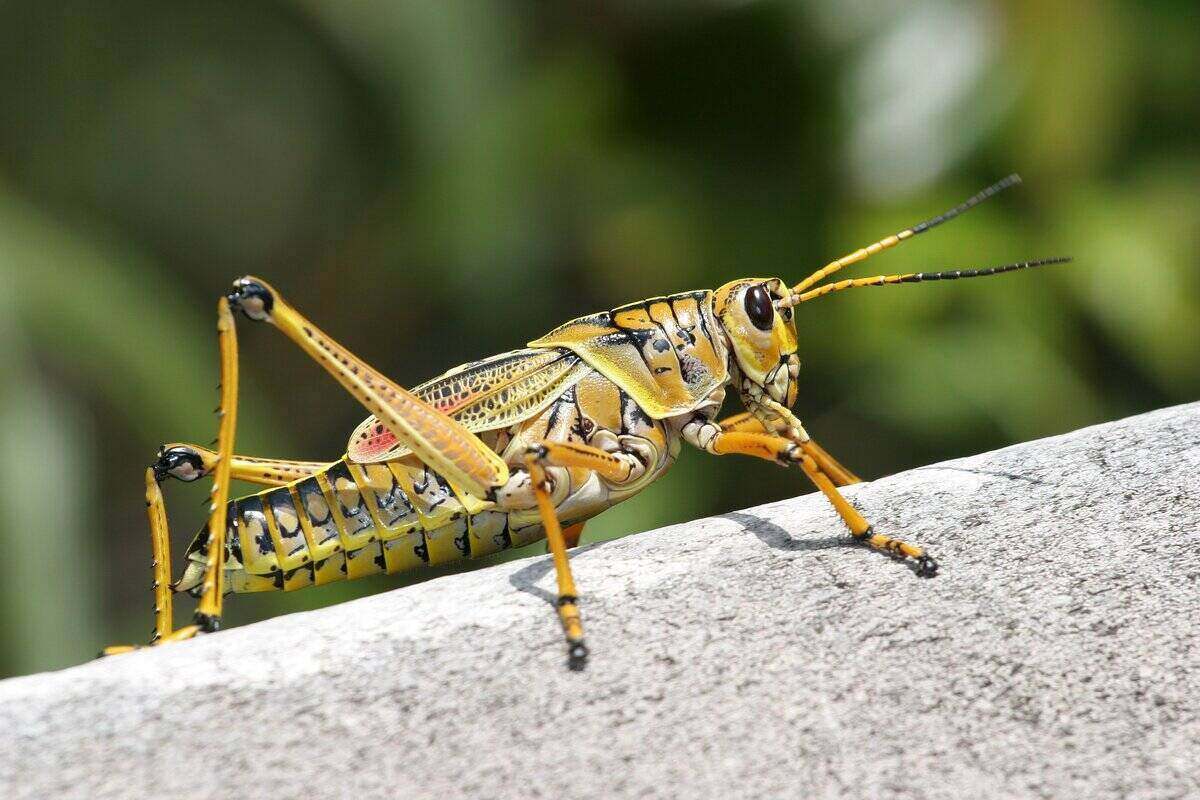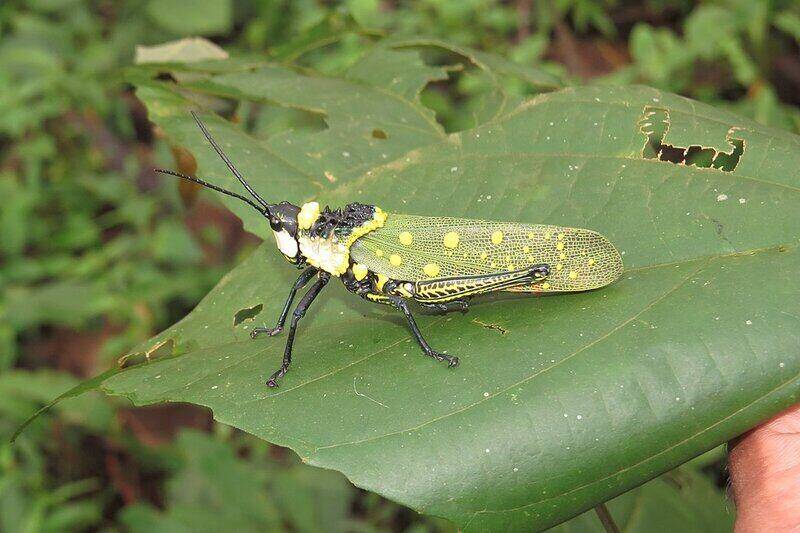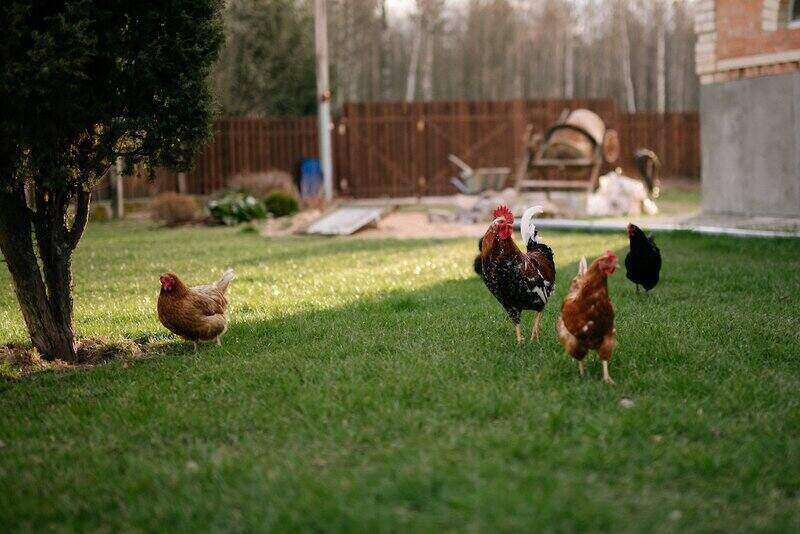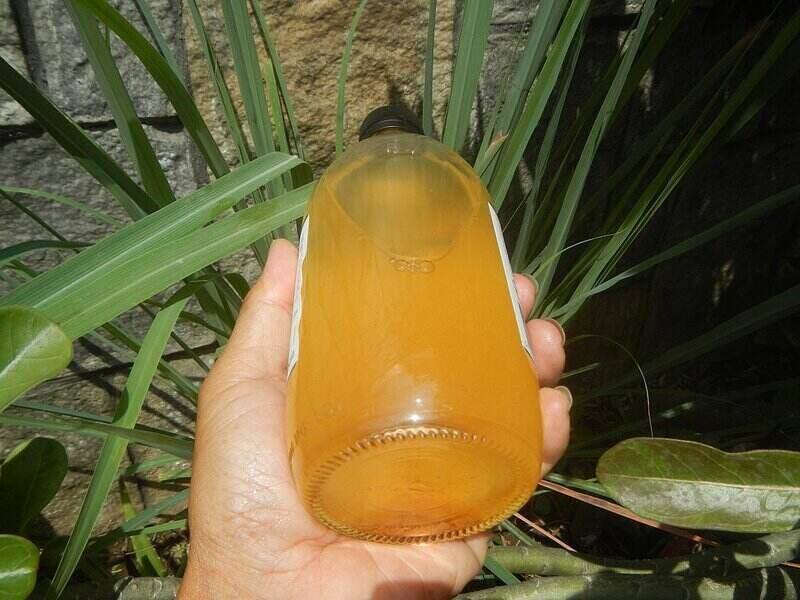
To get rid of grasshoppers, you need effective control methods. Apply your grasshopper control method at the wrong time, and these greedy pests may have already developed wings that let them fly away from the poison.
Grasshoppers are clever enough to lay their eggs where food is plentiful, and in just a few short weeks, these jumpers can cause massive destruction in your crop field or garden. So grab your insecticides, apple cider vinegar, and garlic cloves, and let’s reclaim your land.
Grasshopper Identification and Life Cycle
Grasshoppers have large hind legs well adapted for jumping. Their bodies are sturdy and robust with short antennae and are easily confused with crickets, katydids, locusts, and leafhoppers. Grasshoppers are typically 1 to 3 inches in length, but can grow as big as 5 inches long (yikes!) Keep in mind there are many species of grasshoppers and not just that green one!
In the late summer and fall, adult female grasshoppers lay eggs in areas with undisturbed soil, such as open fields, roadsides, weedy areas, and rangelands. Females lay their eggs in the upper 2 inches of the ground in elongated pods. The eggs hatch the following spring in late April or early May, peaking around mid-June.
The young grasshoppers, called nymphs, are unable to fly but hop and crawl to find green plants to eat. As weeds (their primary food source) decline, grasshopper nymphs move to home yards, vegetable gardens, and fields to forage more food.
The best time to implement your pest control method is in early summer before the nymphs have developed their wings. Once grasshoppers have developed their wings, they can quickly fly away from any chemical treatments.
Several years of hot, dry summers and warm autumns will usually precede a grasshopper outbreak. Female grasshoppers lay approximately 200 eggs per season, and occasionally as many as 400 eggs. The grasshopper population may dramatically increase the following year if weather conditions are favorable.
These warm temperatures throughout the season increase the number of eggs laid and enable more nymphs and adults to survive. As the warm years continue to progress, the grasshopper population continues to thrive and multiply, eventually leading to an infestation.
Damage

Grasshoppers love to nibble on plants like lettuce, beans, corn, carrots, onions, and some flowers. These pesky critters have mouthparts that cause a lot of damage by removing large portions of leaves and flowers, sometimes consuming entire plants. If you find small holes in your crop leaves, then you may have a grasshopper problem.
However, small holes alone cannot be enough to determine a grasshopper infestation, as the holes may have been caused by other insects, like aphids or slugs.
How to Get Rid of Grasshoppers in Your Yard
Baits
Grasshopper baits contain wheat bran combined with insecticide, carbaryl, or Nosema locustae. Spread baits evenly throughout the infested area. Grasshoppers will consume the pesticide as they forage. Reapply the baits after any rainfall or irrigation.
The Utah State University Extension recommends carbaryl bait brands such as Lily Miller Grasshopper Bait, Sevin 5 Bait, and Eco Bran 2 percent.
Dusts
According to the Utah State University Extension, carbaryl (brand name Sevin) is the only insecticide dust type registered for home yard application. Reapply insecticide dust after any rain or irrigation. Although dusts are more expensive than sprays, they are easy to apply.
Sprays
Insecticide sprays that can suppress grasshoppers include malathion, permethrin (Spectracide, Bonide Eight, Basic Solutions), bifenthrin (Allectus, Brigade, Sniper, and Talstar) and carbaryl (Sevin). Keep in mind that some spray products are not safe to use on edible plants and may only be applied by a licensed applicator.
Sprayable insecticides can kill grasshoppers on contact and when grasshoppers feed on treated plants. Sprays are less expensive than dusts, but they can kill beneficial insects and other susceptible animals.
How to Get Rid of Grasshoppers in Your Garden
Coverings
For vegetables and herbs that are prone to grasshopper damage, cover them with a floating row cover (a lightweight plant fabric) to exclude these garden pests. Remember to uncover in the morning any vegetables that require insect pollination.
However, if you’re dealing with highly determined grasshoppers, they may eat through cloth or plastic row covers. If so, consider using a metal window screening to protect your garden vegetables.
Feathered Friends

If you’ve wanted to get chickens for your yard, controlling grasshoppers may be the perfect reason to finally get yourself some fresh eggs. Although poultry, such as chickens and guinea hens, make excellent grasshopper predators, you’ll need to create a protective barrier around your garden.
Just because you have the grasshoppers out of the way now doesn’t mean your new feather friends won’t go poking around for some fresh greens!
Create a Diversion
To keep these pesky insects out of the garden, create an attractive barrier around your garden’s perimeter made of tall grass or green plants to divert grasshoppers from your vegetables. Avoid mowing this trap, because as soon as you do, the grasshoppers will jump right into the garden for refuge.
How to Get Rid of Grasshoppers in Your Crop Field
Tilling
Grasshoppers prefer undisturbed areas where they can lay their eggs. To help reduce the odds of an outbreak, till your cropland in mid-summer to help deter females from laying their eggs. Because tilling may reduce soil moisture and increase erosion, consider whether you prefer these disadvantages over grasshoppers damaging your crops.
Weeding
Controlling your field’s weeds can limit the food supply of newly hatched nymphs. Nymphs survive on green vegetation and will struggle to exist without available weeds to eat. Limited weeds will also discourage females from laying their eggs, as there is nothing for their offspring to eat.
Removing weeds and keeping the grass short around your favorable crops will also expose any grasshopper nymphs to natural predators, such as birds.
How to Get Rid of Grasshoppers Naturally
There are plenty of reasons to avoid chemical pesticides. They can be harmful to non-target insects, pollute the environment, and can be expensive. There are several home remedies available for grasshopper control, and many gardeners have found success with these solutions.
Similar to using pesticides, caution is essential when using DIY home remedies. Natural remedies and their efficacy, toxicity, and environmental effects are not tested at the university level.
Homemade formulas with household materials such as soap or vinegar may appear to have fewer risks. Yet, they may have unforeseen consequences and cannot be trusted to deter or kill grasshoppers as well as a registered pesticide.
Neem Oil
Neem oil is from the Neem tree in Australia and is an organic application used to help repel grasshoppers and inhibit their egg-laying process. You can buy neem oil in a spray bottle at your local store.
Vinegar

Place distilled white or apple cider vinegar with water in a container. Place the container in open parts of your garden or lawn. Grasshoppers may feed on the vinegar in these unprotected areas, fall into the solutions, or become prey to birds.
Mix vinegar with water in a spray bottle to make a diluted solution. Thoroughly spray your garden plants with the formula in the mornings when grasshoppers are the most active. Repeat this process every three days.
Garlic Spray
The odorous smell of garlic may discourage grasshoppers from coming anywhere near your crops or vegetables. Crush two bulbs of garlic and boil them in water. After leaving the solution to sit overnight, place it in a spray bottle, and begin treating your vegetables.
Grasshopper Repellent Plants
Plants like cilantro, horehound, and calendula are commonly planted around a garden’s perimeter to help repel grasshoppers. Popular flowers used to repel grasshoppers include lilac, forsythia, jasmine, and sage. Keep in mind there are no formal studies on the effectiveness of these plants as a control method.
Flour
By sprinkling all-purpose flour over your plants, you may gum up the mouths of grasshoppers and cause them to starve.
Take the Plunge
Grasshoppers can cause incredible damage to crops and plants, but you can help suppress them with chemical or natural solutions. It’s up to you to decide which alternative works best for your environment, lifestyle, and wallet.
Whichever approach you take, remember always to treat grasshoppers in early summer before developing their wings; otherwise, they’ll make a grand escape.
FAQs About Grasshoppers
Grasshoppers don’t usually bite people. Some types of grasshoppers may bite if they feel threatened or bite when they are swarming. These creatures do have sturdy jaws, so their bite can be painful sometimes. Their bites are not poisonous or dangerous.
Grasshoppers are notorious for their musical notes. Male grasshoppers will attract a mate with musical sounds by rubbing a hind leg against one of its hard forewings, which begins to vibrate and make noise.
There are around 11,000 known species of grasshoppers, in a variety of bright colors and patterns to ward off predators. The painted grasshopper, or the barber pole grasshopper, is a grasshopper native to the United States with bright, colorful markings.
When to Call a Pest Control Pro
Call a pest control professional near you if your crops or vegetables continue to succumb to the hungry, hungry grasshoppers. Grasshoppers can be challenging to control, and a pest control exterminator can help apply commercial insecticides and provide preventative solutions to prevent future infestations.
Main Photo Credit: Pexels